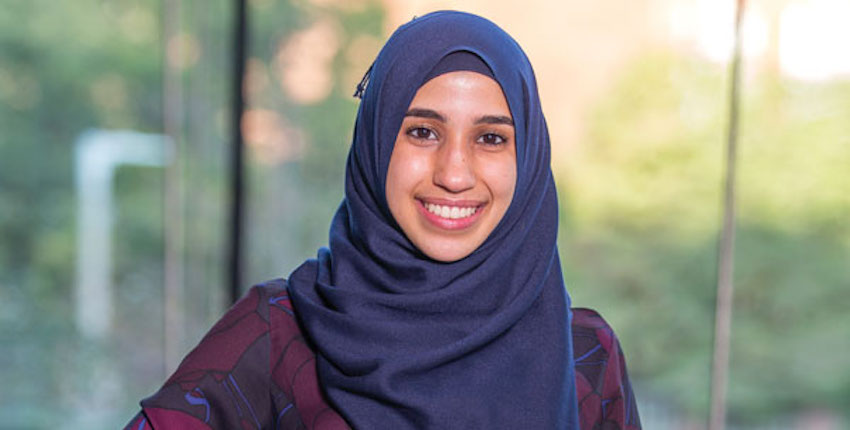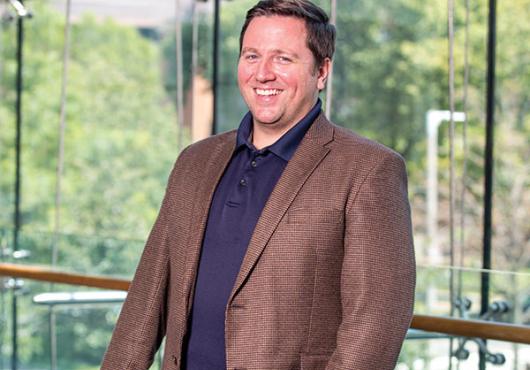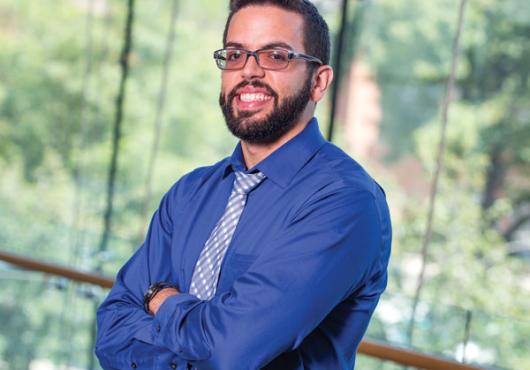
This essay was written for the 2017-2018 HMS Dean’s Report in answer to the question “What is the promise of medicine to me?”
During a recent trip to Chile, I was grabbed by a work of art. I was in the country working with the indigenous Mapuche peoples to understand the geographic and social barriers to health care that are faced in the rural communities of Troyo and Piedra Alta. It was there I came across a map made up of photographs of political, social, economic and historic events around the world.
I have seen and continue to see the consequences of global and historic political, social and economic events manifested in my patients’ bodies.
The images, however, were in the “wrong” place—somewhere other than where the events occurred. It appeared the artist sought to show that these distinct, localized events have consequences globally, not solely within the borders drawn on a map.
As a photographer and a physician-in-training, this image stuck with me, for I have seen and continue to see the consequences of global and historic political, social and economic events manifested in my patients’ bodies.
To me, the promise of medicine is a promise of peace, for it is only through peace that we can truly heal our patients, our communities and ourselves.
It lies within the father on methadone helping others to overcome addiction. It is experienced by the Syrian refugee in labor, grateful to find someone to deliver her baby after being turned away at several Lebanese hospitals because of her inability to pay.
It is present in meeting a cursing patient yelling, “I agree President Trump should deport your kind already!” with compassion, continuing to work tirelessly for his comfort.
It exists within the teacher with metastatic carcinoid tumors who asks to donate her body to Harvard Medical School at the end of her life, explaining that teaching gave her a purpose in life and seeking the same for her death.
It is there when we are present for friends and colleagues, strengthening and supporting one another in our shared commitment to healing.
All humans hurt, experience fear, loss, anger and confusion. It is in those moments that we are often most vulnerable, and also the most human, seeking relief, love or some understanding. The labels that divide us no longer seem as powerful, for no one is immune to the human condition.
In my studies, I have sought to understand the cultural, linguistic and social barriers that seem to divide people and the common humanity that unites us all.
My time in rural Chile, in refugee camps in Lebanon, in a Boston jail and in my clinical rotations as a Harvard Medical School student, have taught me that our social environments and past experiences shape our worldviews and inform the decisions we make. It’s a lesson that guides the way I communicate with others, whether trying to understand why my formerly incarcerated patient is choosing to leave care “AMA” (against medical advice) or in remaining mindful of my own biases as I strive to cultivate peace and health.





